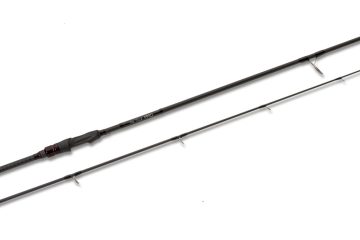Understanding Tampons and Their Role in Menstrual Health

The Significance of Tampons in Women’s Health
Menstrual hygiene is an essential aspect of women’s health, impacting comfort, confidence, and overall well-being. Among various sanitary products, tampons have gained popularity due to their discreetness and usability. Understanding how tampons function, their advantages, and recent developments in their use is crucial for women’s health awareness.
What Are Tampons?
Tampons are cylindrical, absorbent products typically made of cotton or a blend of cotton and rayon. Designed to be inserted into the vagina, they work by absorbing menstrual fluid before it exits the body. Tampons come in various sizes and absorbencies, allowing women to choose based on their flow rate, which can vary throughout their menstrual cycle.
Advantages of Using Tampons
One significant advantage of tampons is their comfort. Many women find tampons to be less noticeable than pads, granting freedom of movement and the ability to engage in various activities, including swimming, without concern. Additionally, they can help reduce odour, contributing to a greater sense of confidence during menstruation.
Current Trends and Innovations
Recent trends indicate a growing awareness of sustainable menstrual products. Many companies now offer organic cotton tampons, which are free from synthetic materials and chemicals. This surge in eco-friendly options reflects a broader societal movement towards sustainability. Furthermore, menstrual health is increasingly being recognised as a topic of discussion, with campaigns aimed at breaking the stigma surrounding menstruation and promoting better access to menstrual products.
Challenges and Considerations
Despite their advantages, the use of tampons is not without concerns. Toxic Shock Syndrome (TSS) is a rare but serious risk associated with tampon use, emphasising the importance of following the manufacturer’s instructions, changing tampons regularly, and using the appropriate absorbency. Education on menstrual health is vital to ensure women make informed choices about sanitary products.
Conclusion
As discussions around menstrual health continue to evolve, so does the understanding and acceptance of tampons as a key option for menstrual hygiene. As innovation pushes forward, promising sustainable alternatives are emerging, ensuring that every woman has access to safe, comfortable, and effective menstrual products. The importance of tampons in maintaining menstrual health cannot be understated, as they continue to provide comfort and convenience for women around the world.








